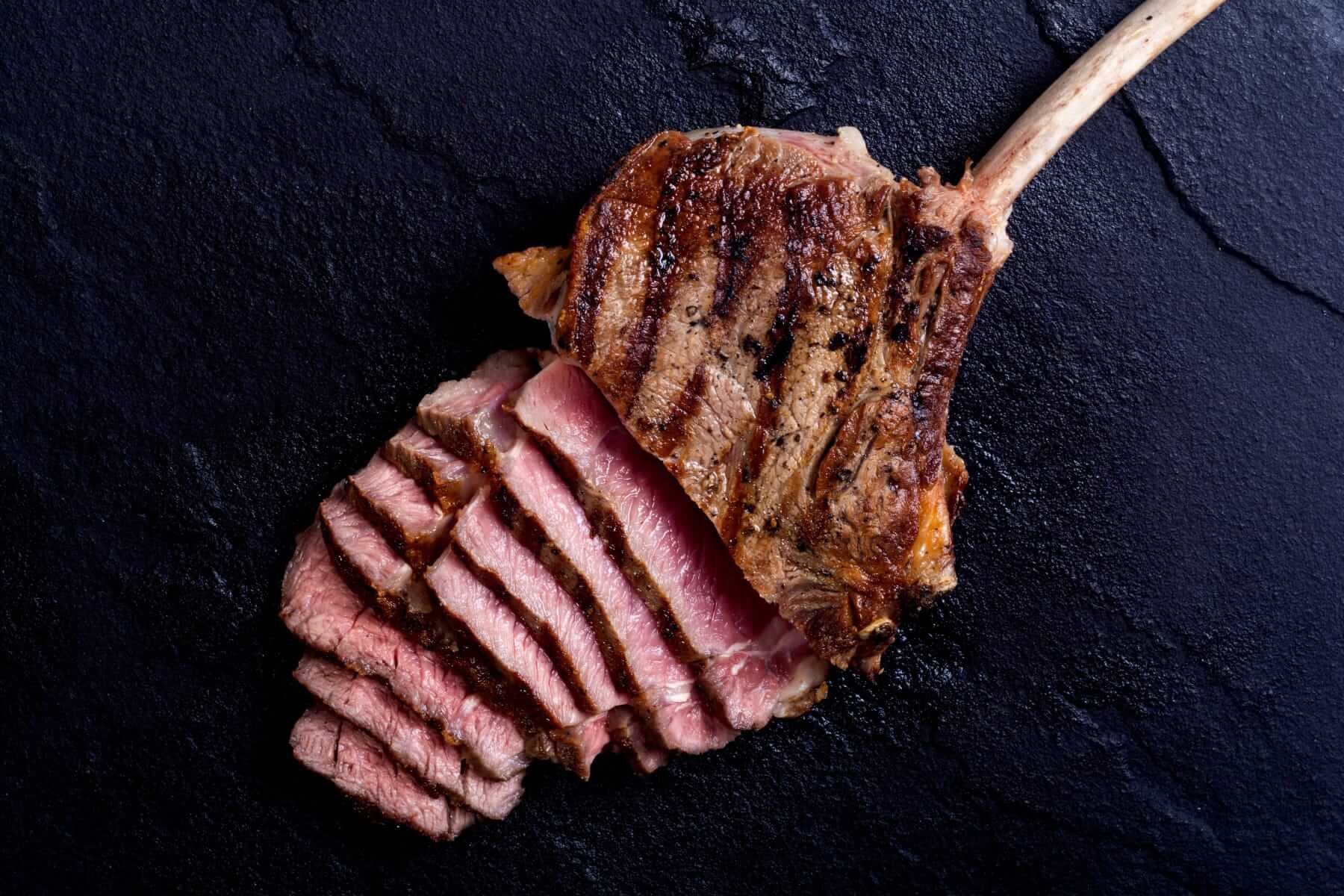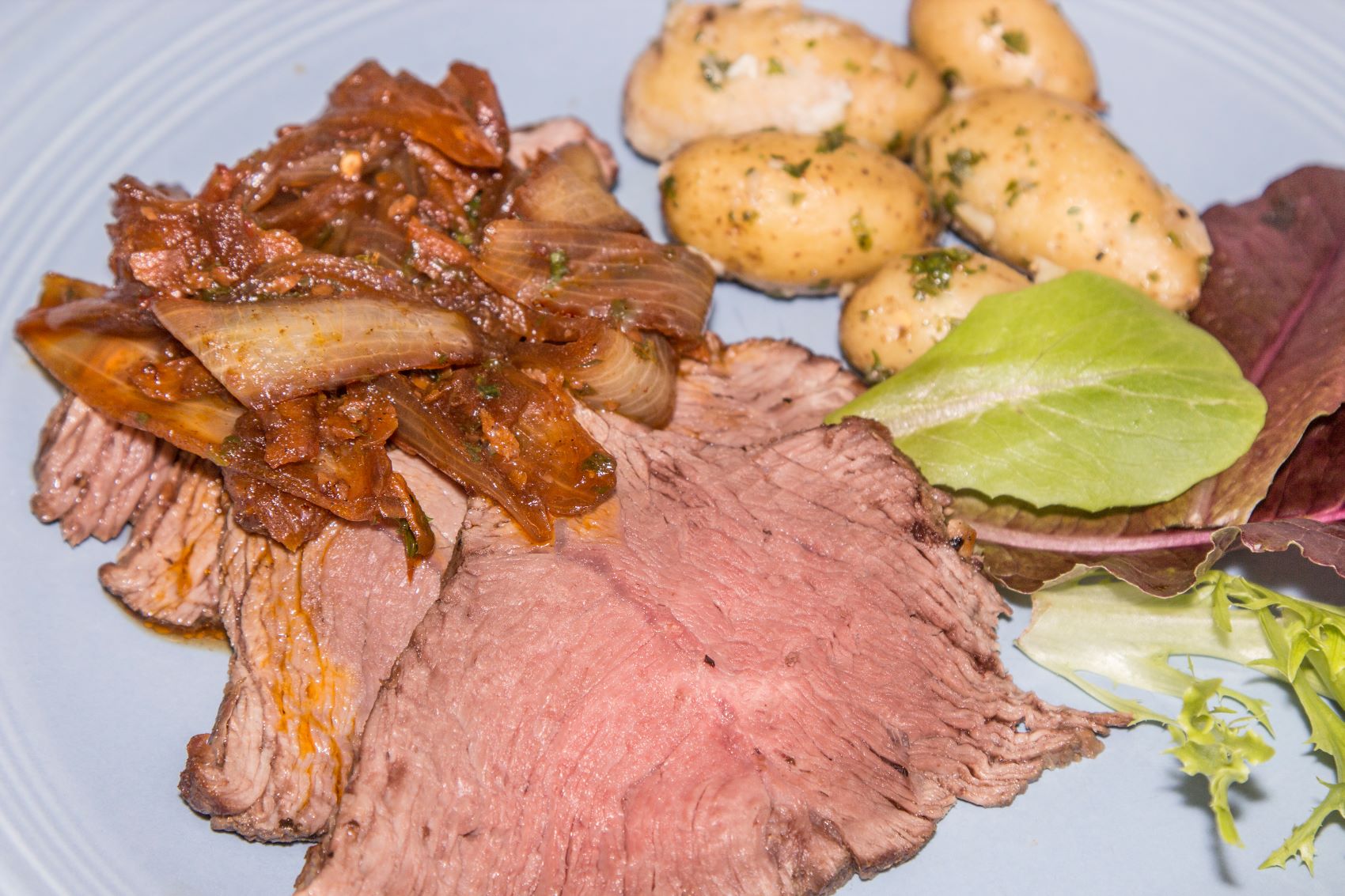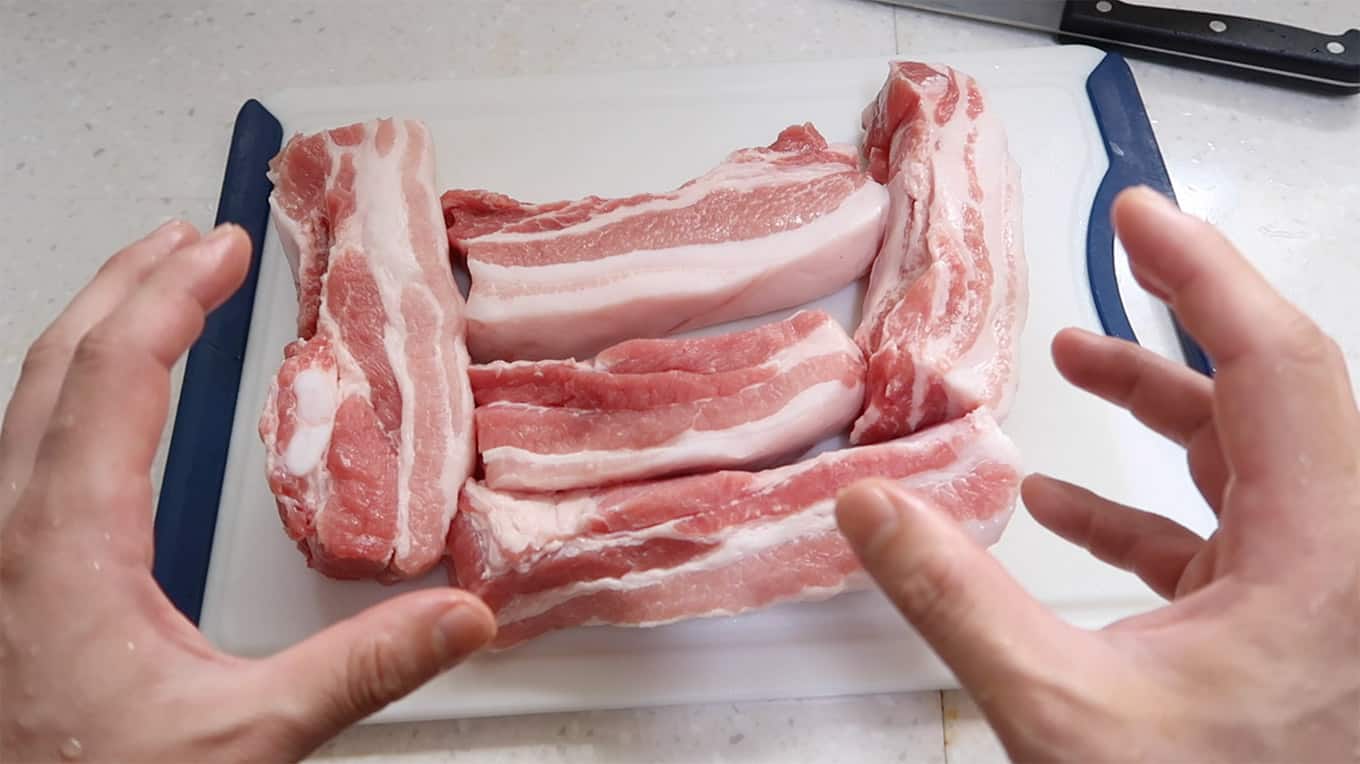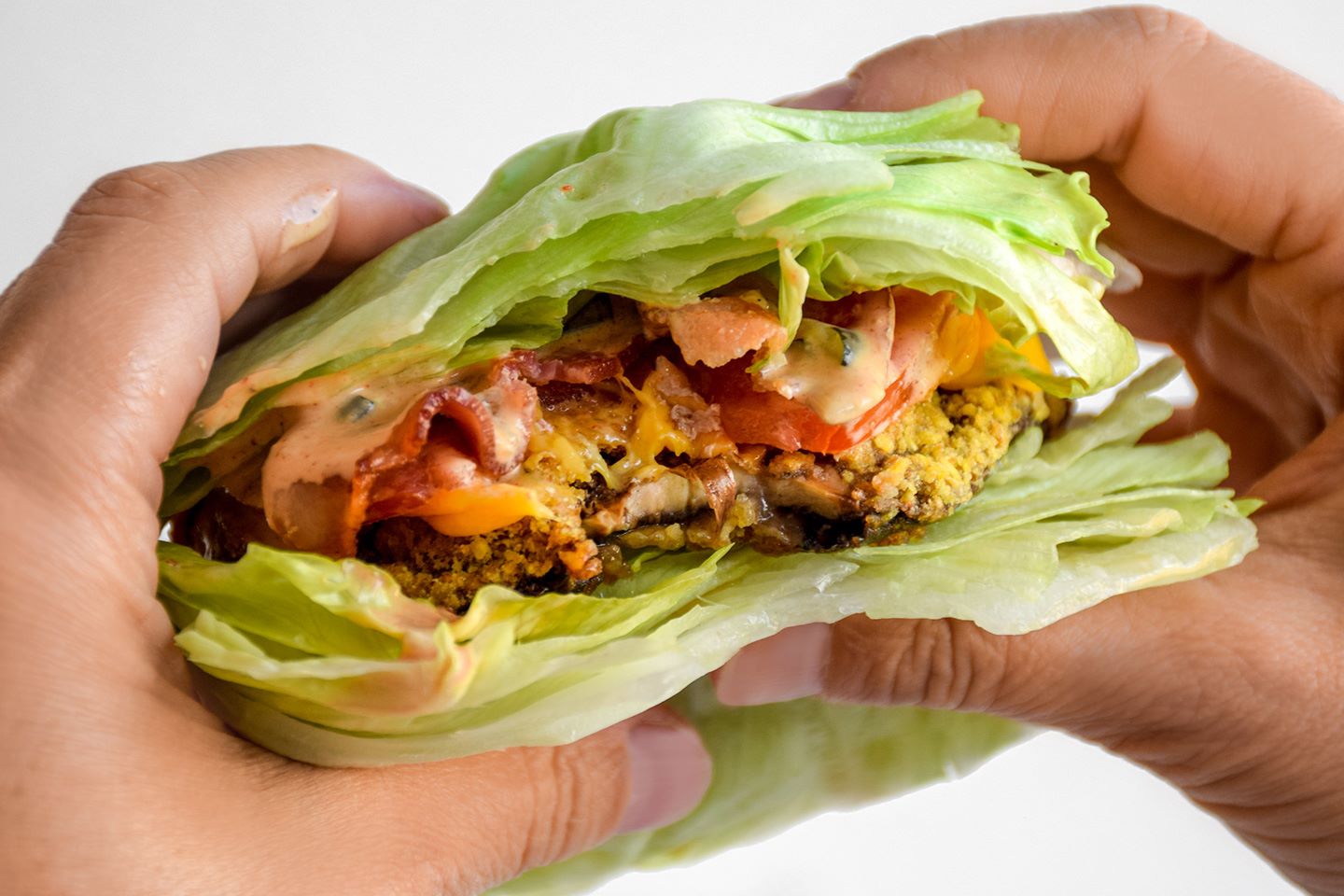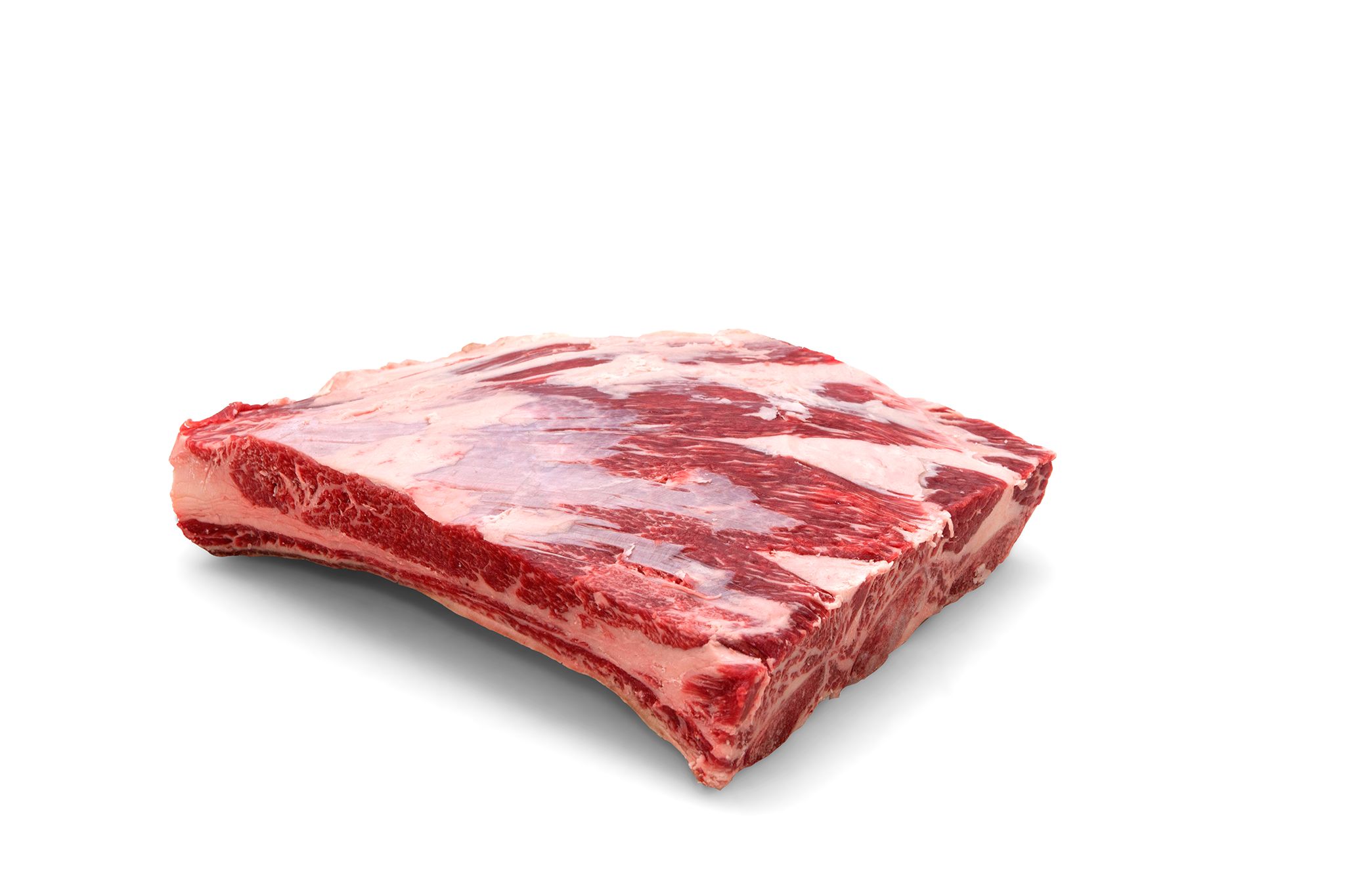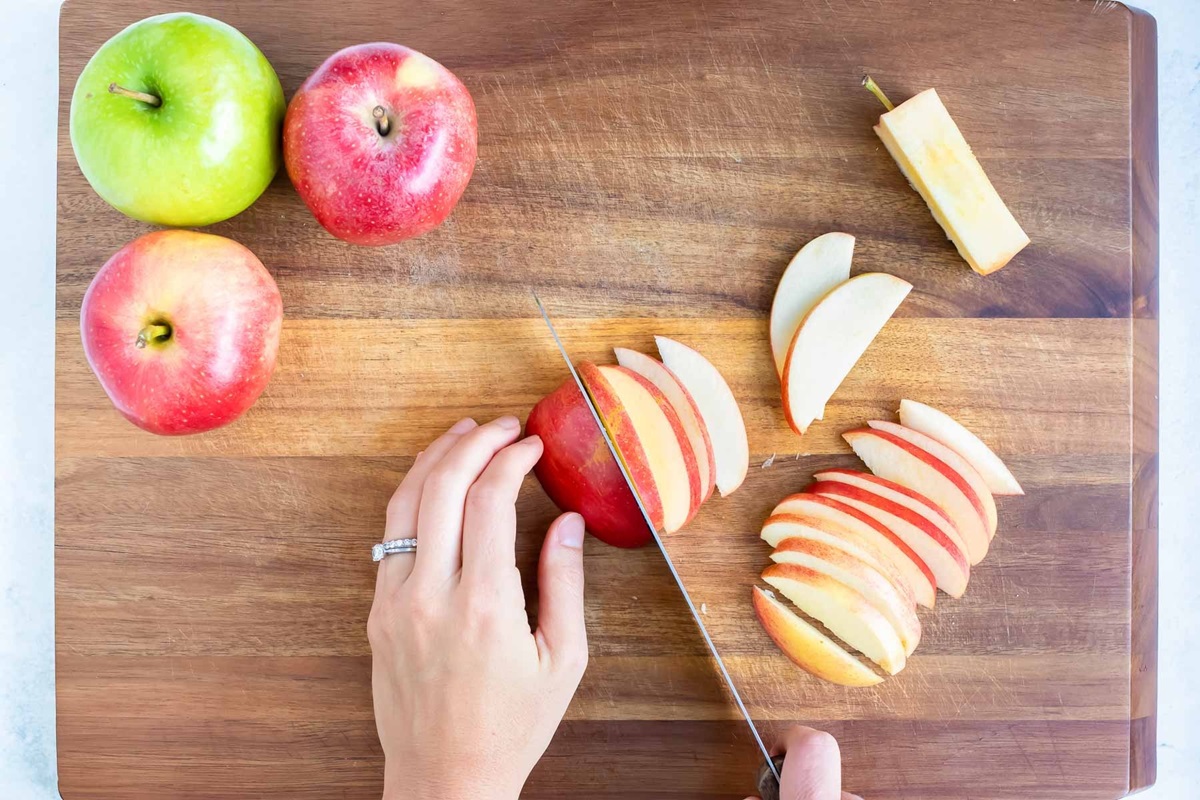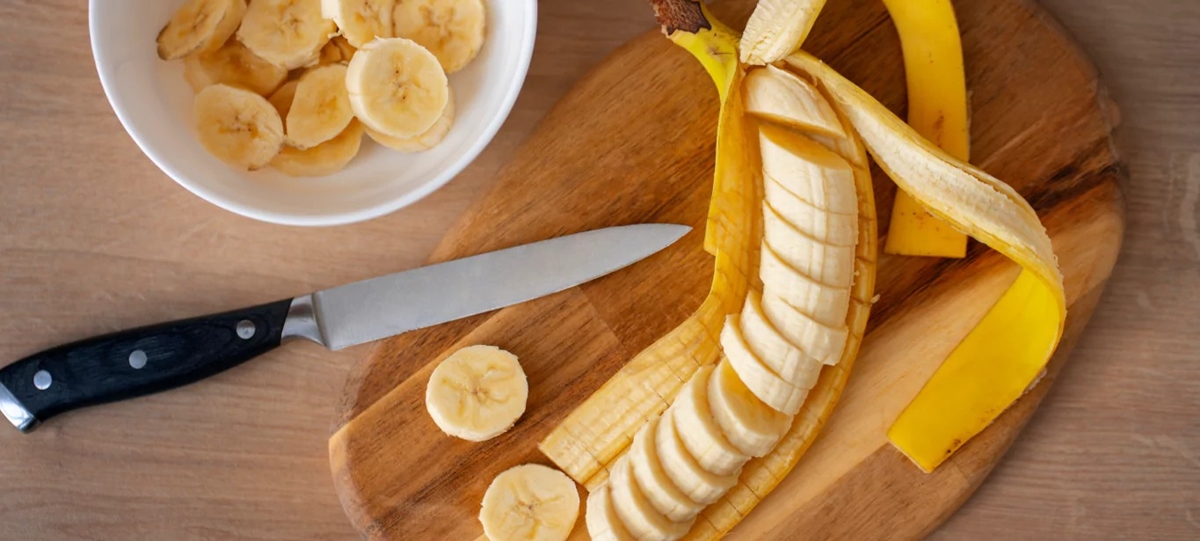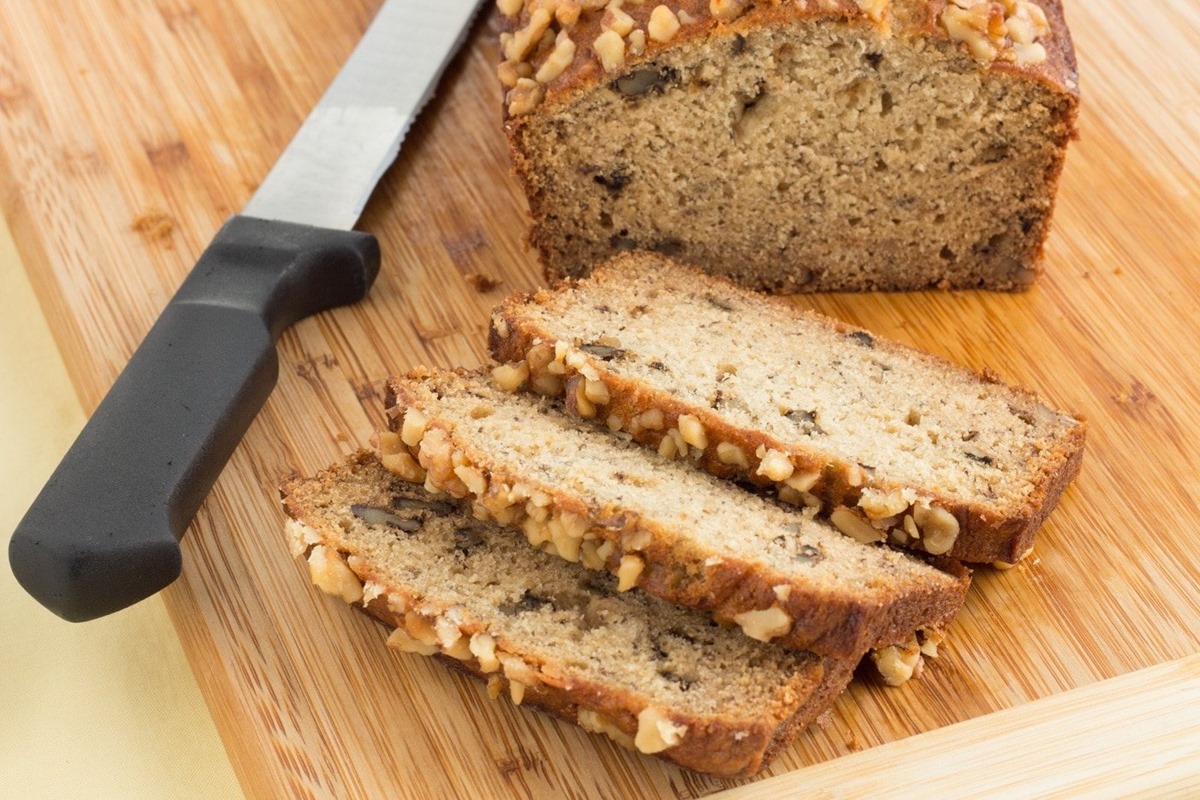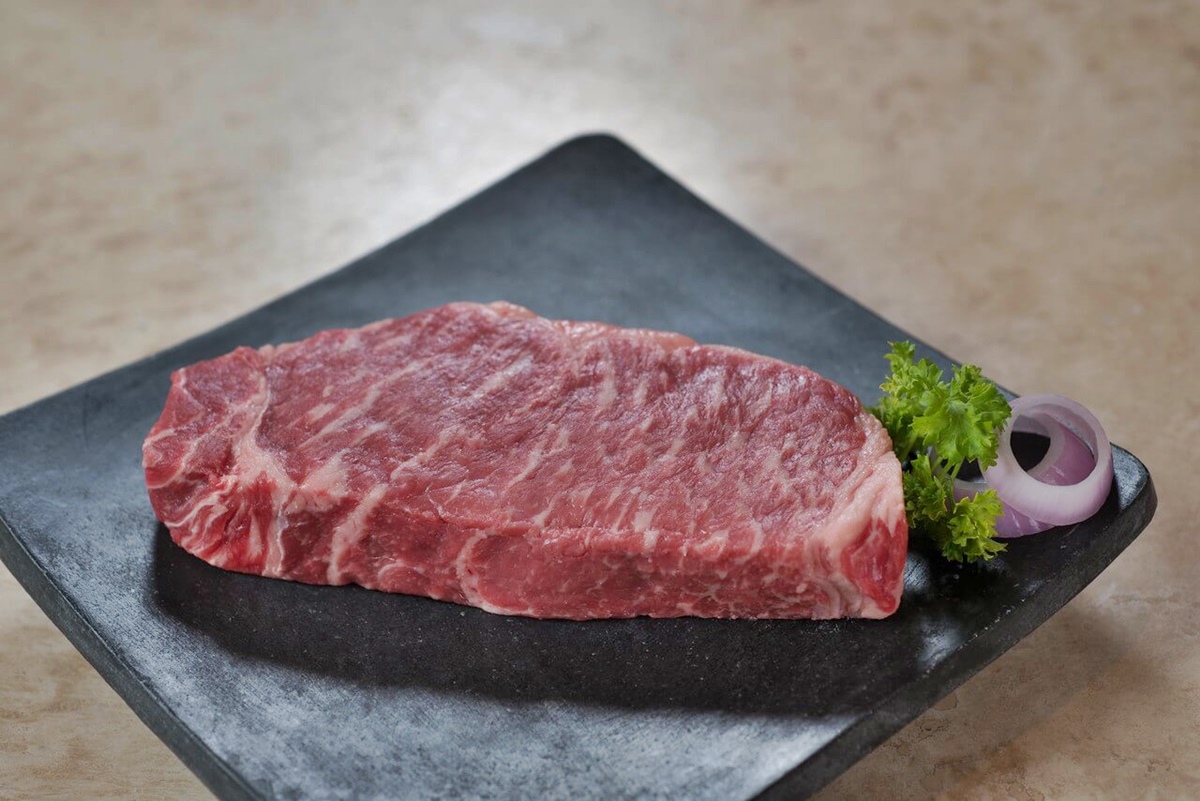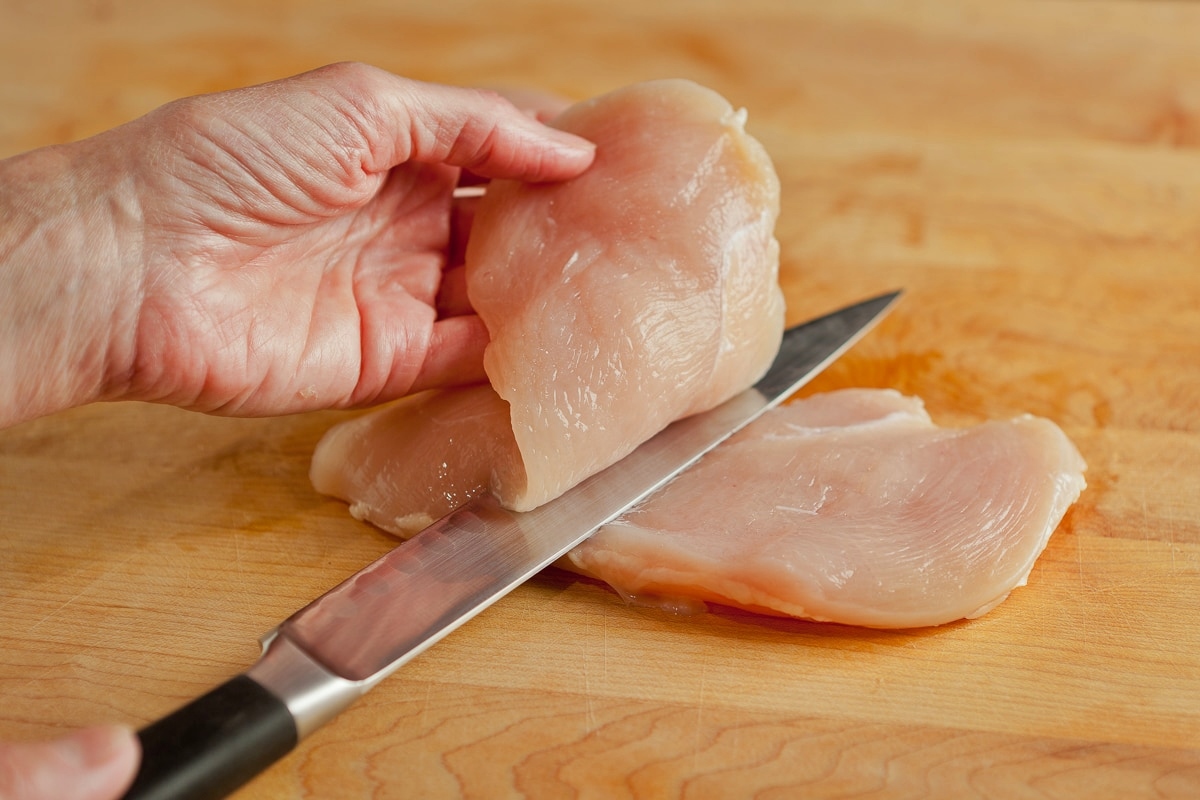How To Cut An Orange For A Toddler
Introducing citrus fruits to your little one’s diet can be a great way to boost their immune system and provide them with essential vitamins. Oranges, in particular, are packed with Vitamin C, which helps strengthen their little bodies. But before you hand your toddler a whole orange to munch on, it’s important to know how to cut it into toddler-friendly pieces. Follow these simple steps below:
Choose the Right Orange
When selecting an orange for your toddler, opt for a ripe and juicy one. Look for bright color and a sweet aroma. This ensures that your little one will enjoy the taste and texture when they take their first bite.
Wash the Orange
Before you start cutting, make sure to give the orange a good wash under running water. This removes any potential dirt or residue from the skin, keeping it clean and safe for your toddler to eat.
Peel the Orange
Using a sharp knife, carefully slice off both ends of the orange. This will create stable bases for you to work with. Then, make a vertical cut from top to bottom, gently removing the skin and pith. Take your time to ensure all the bitter white part is removed, leaving only the juicy fruit.
Separate into Segments
Once the orange is peeled, it’s time to separate it into toddler-friendly segments. Using your fingers or a small knife, cut in between the white membranes to release individual segments. This makes it easier for your little one to eat and reduces the risk of choking.
Remove Any Seeds
While most oranges are seedless, it’s still important to double-check before giving them to your toddler. Carefully inspect each segment and remove any seeds you come across. This ensures a safe eating experience for your little one.
Cut into Smaller Pieces
Depending on your toddler’s age and eating ability, you may want to consider cutting the orange segments into smaller pieces. This makes it easier for them to handle and chew. Aim for bite-sized portions that they can easily pick up and enjoy.
Present the Orange to Your Toddler
Now that you have a perfectly cut orange, it’s time to present it to your eager toddler. Place the orange pieces on a plate or in a bowl, and encourage them to explore the vibrant colors and delicious taste. Remember, always supervise your child while they are eating to avoid any potential choking hazards.
By following these steps, you can safely introduce oranges into your toddler’s diet and help them discover a new world of flavors. So go ahead and enjoy this nutritious and refreshing fruit together!
Remember, each child is different, so consider your toddler’s individual eating habits and preferences when cutting an orange for them. Stay tuned for more helpful tips and recipes for your little one’s healthy growth!
For those looking to master the art of cutting an orange for a toddler, there are several mouth-watering recipes to try. Start with the Orange Creamsicle Smoothie, which combines the natural sweetness of oranges with creamy yogurt, making it a hit with little ones. Another great option is Orange Glazed Carrots, a delightful side dish that balances the tang of oranges with the earthy flavor of carrots. For a refreshing twist, try the Orange and Avocado Salad, blending creamy avocado with juicy orange slices for a nutritious snack. If your toddler loves smoothies, the Orange and Banana Smoothie is a must-try, offering a burst of citrus and banana goodness. Lastly, the Orange and Spinach Salad is perfect for introducing greens to your toddler’s diet in a fun and tasty way. Each of these recipes not only makes use of your newly acquired orange-cutting skills but also delivers a delicious and healthy culinary experience.
Was this page helpful?
Read Next: How To Cut Onions Thin
